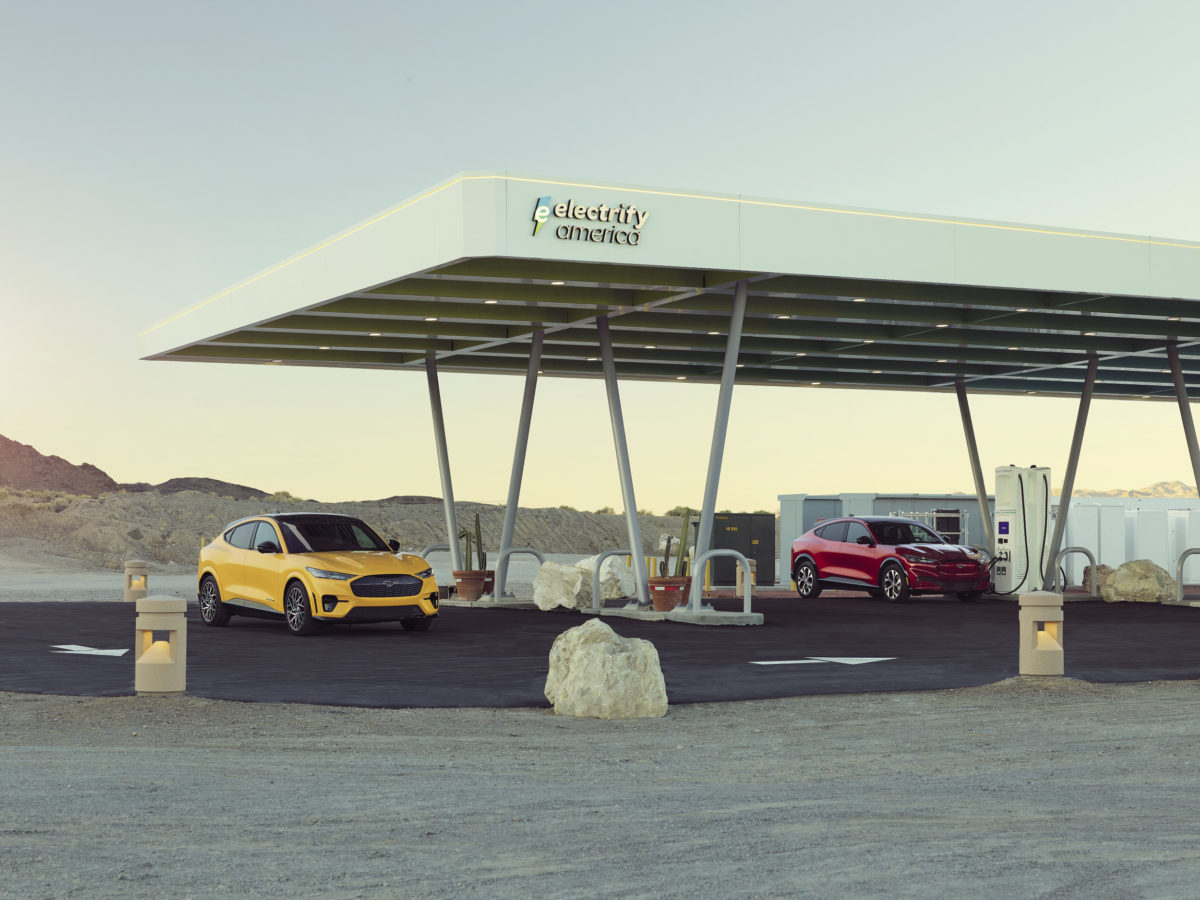Electric vehicles (EVs) offer a glimpse into a variety of next-generation technologies, like over-the-air updates, driver assist, automated parallel parking, and central entertainment interfaces that can double as video game consoles. And while these innovations represent a new era for the automobile industry, perhaps the biggest contribution to the energy transition from EVs will not be what they can do for the driver, but what they can do for the electric grid.
The potential for vehicle-to-grid (V2G) applications for EVs is immense. While residential and utility-scale batteries will play an important role in future energy systems, many experts predict that, if implemented effectively, EVs as grid assets could operate at a scale that eclipses the current and projected stationary energy storage market.
E-mobility: On a greener road to transportation
 Urban transportation is key to modern civilization. But it has come at a cost, contributing to a dangerous carbon footprint, high levels of smog, a growing inequality gap, and the destruction of some of our most fragile environments. Thus, in the first quarter of this year, pv magazine’s UP Initiative will focus on the rise of e-mobility and how it can complement the renewable energy transition. Read our coverage here.
Urban transportation is key to modern civilization. But it has come at a cost, contributing to a dangerous carbon footprint, high levels of smog, a growing inequality gap, and the destruction of some of our most fragile environments. Thus, in the first quarter of this year, pv magazine’s UP Initiative will focus on the rise of e-mobility and how it can complement the renewable energy transition. Read our coverage here.Unlocking the services that EVs can provide requires bidirectional charging, a system which allows grid and distributed energy resources like residential solar plus storage to charge the car, and deliver the car’s stored energy back to the grid when needed.
V2G tech
While bidirectional charging technology already exists, it does so in three forms and, as the Interstate Renewable Energy Council (IREC) explores in its new report; “Paving the Way, Vehicle-to-Grid Standards for Electric Vehicles.” The authors review the status of V2G standards and identify gaps that need to be addressed to unlock the full capabilities of V2G-enabled equipment.
To understand the potential and specific standardization needs across the V2G space, we need to first understand the three inverter configurations currently possible with EVs and their smart, bidirectional chargers.
V2G-DC: In this direct current (DC) configuration, power conversion and smart functions are housed in the electric vehicle supply equipment (EVSE). The EVSE essentially works like a stationary smart inverter, offering grid-support benefits and communication functions to asset operators, in addition to converting power.
V2G-AC: In this alternating current (AC) configuration, the script is flipped, and the EV contains the power conversion and smart functions. Instead of the charger, the EV acts as a mobile smart inverter.
V2G-Split Inverter: In this configuration, power conversion is located within the EV and smart functions are housed within the EVSE, so neither the EV nor the EVSE resembles a smart inverter on its own. The report predicts that this configuration will have the least application and traction moving forward, so its implementation will be less of a focus than the prior pair.
Applicable standards
Each inverter configuration will require its own specific standards to cover its applicable functions and safe operations, such as interconnection, EVSE safety, vehicle functionality, and communications.
In this space, interconnection matters fall under the IEEE 1547 series of standards and documents; EVSE safety and functionality are covered by UL standards, specifically UL 1741; EV standards and vehicle functions are addressed by SAE; and testing can be done by third parties or manufacturers. Communications represent the area of least existing standards, meaning work must be done to develop them.
The report authors recommend that, in V2G-DC scenarios, EVSE are certified to UL 1741 to ensure grid conformance. In V2G-AC scenarios, the authors recommend EVSE and EVs are certified to UL 1741 SC, which is contained in SAE J3072.
UL 1741 is widely used for grid interconnection, providing guidance for evaluating inverters with specific grid compliance requirements, and has long been the standard for inverter certification. For V2G-DC, the EVSE can be considered a stationary inverter, meaning that interconnection requirements and conformance to grid integration can be met through UL 1741 certification.
The same is not true for V2G-AC, as the inverter is in the EV, and is not stationary. UL 1741 SC has been developed to address this issue and has been adopted in SAE J3072. This standard establishes many of the same grid support inverter system function requirements, accounting for the integration into an EV and connection to a power source through the EVSE. The standard also covers some aspects of hardware communication.
In short, the authors recommend that the EV is certified to SAE J3072 and the EVSE is listed to UL 1741 SC, which is contained in SAE J3072.
While these requirements may sound like overly technical jargon, establishing manufacturing, safety, and operations standards is critical for any industry to scale and reach its fullest potential. If each EV configuration operates in a standardized predictable way, it becomes monumentally easier for large-scale asset operators, like utilities, to harness the grid-assisting capabilities of this technology.
Making it easier for utilities to harness the benefits of V2G will present to the same utilities the value of these assets, meaning that steps will be made to increase their adoption, through means like rebates, discharge incentive programs, and expanded networks of public charging infrastructure.
This content is protected by copyright and may not be reused. If you want to cooperate with us and would like to reuse some of our content, please contact: editors@pv-magazine.com.

